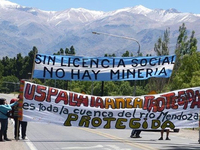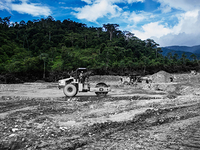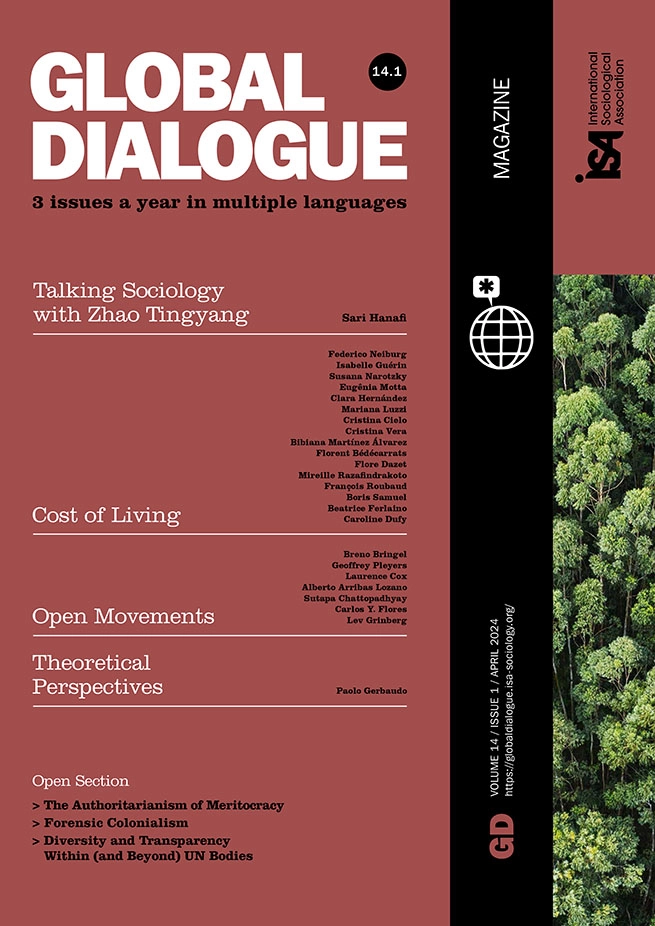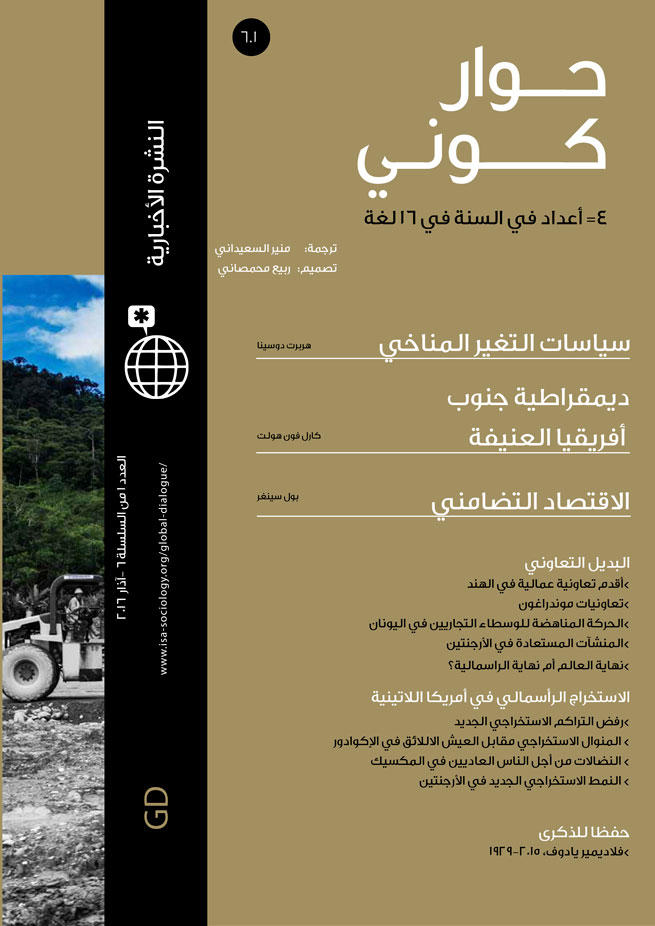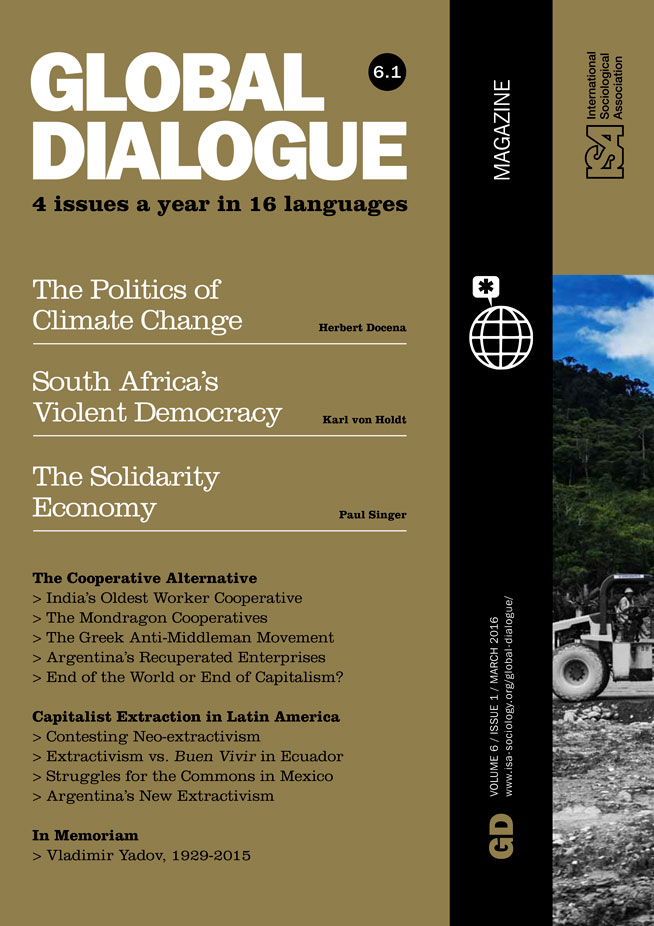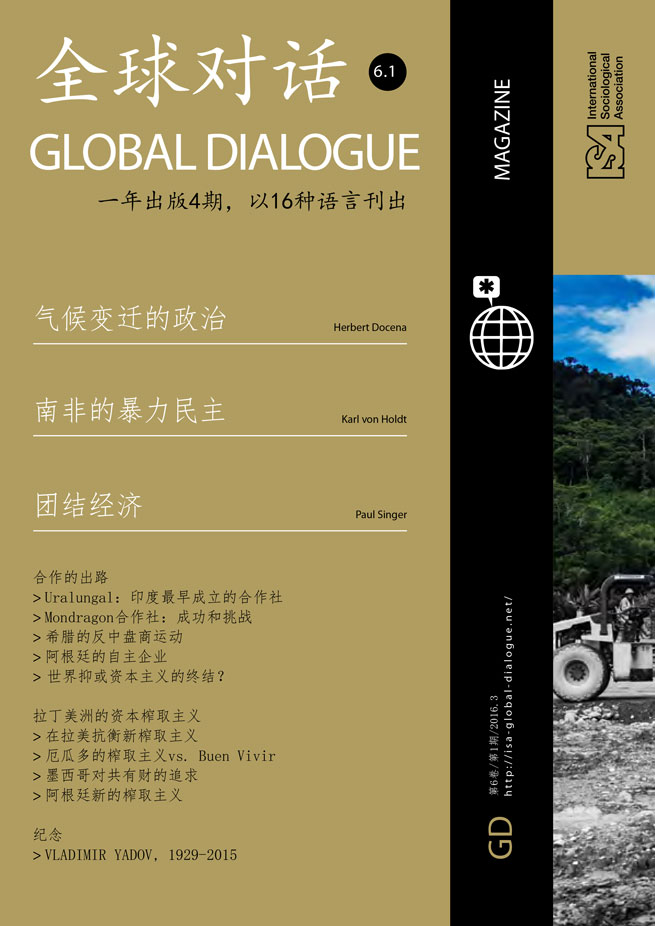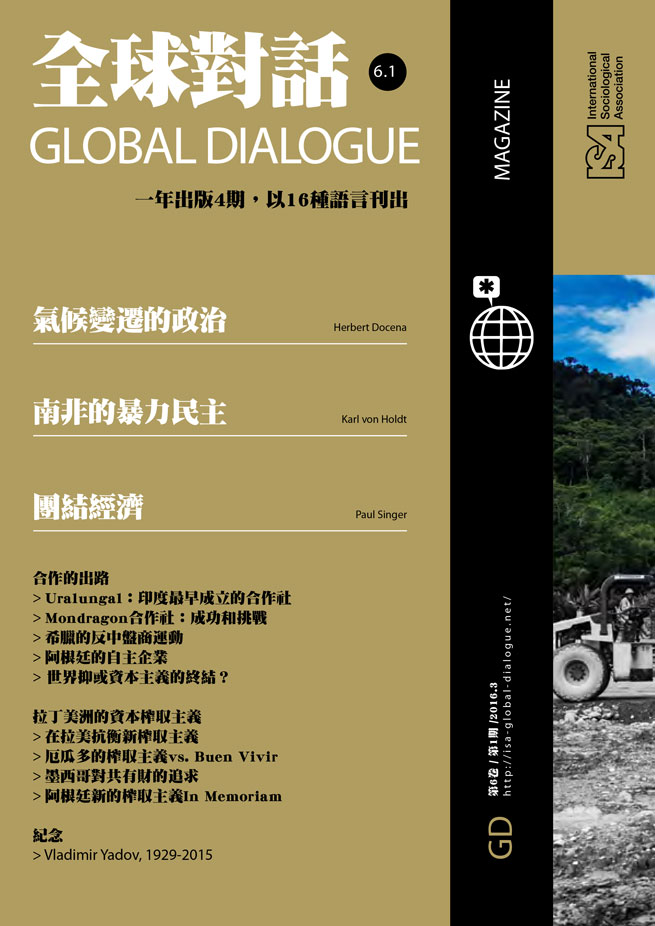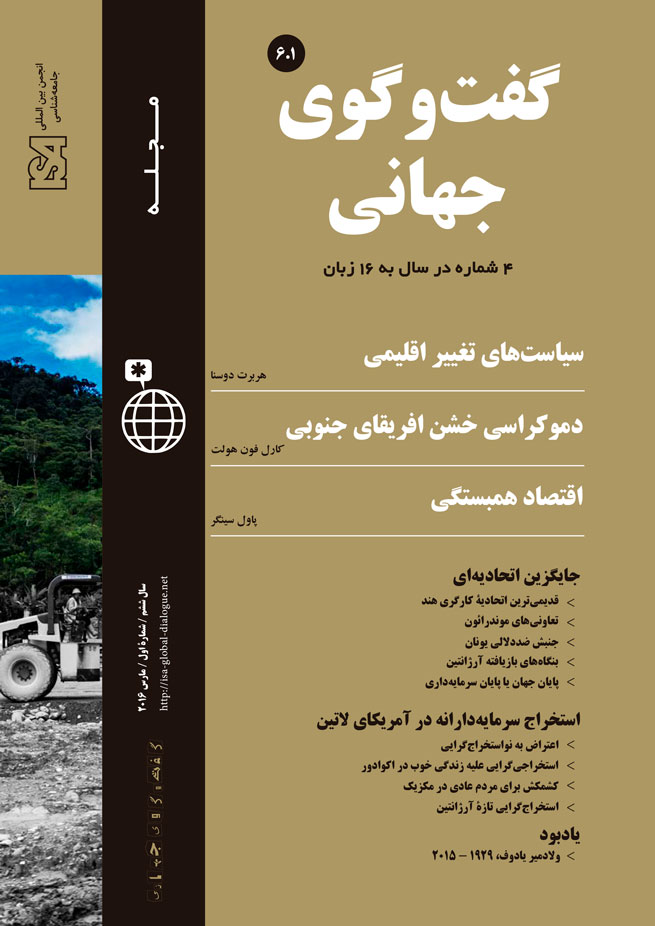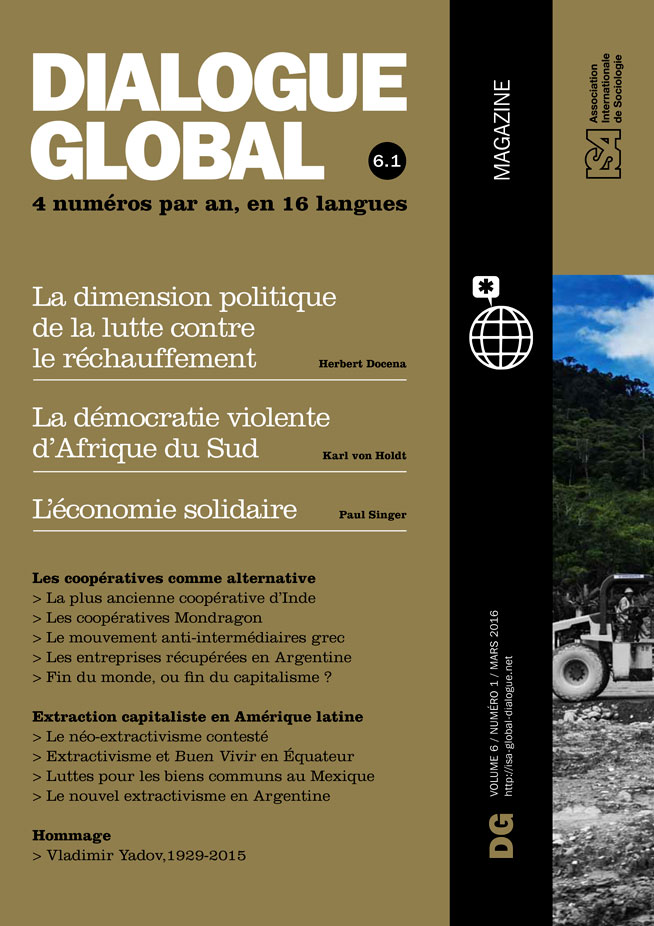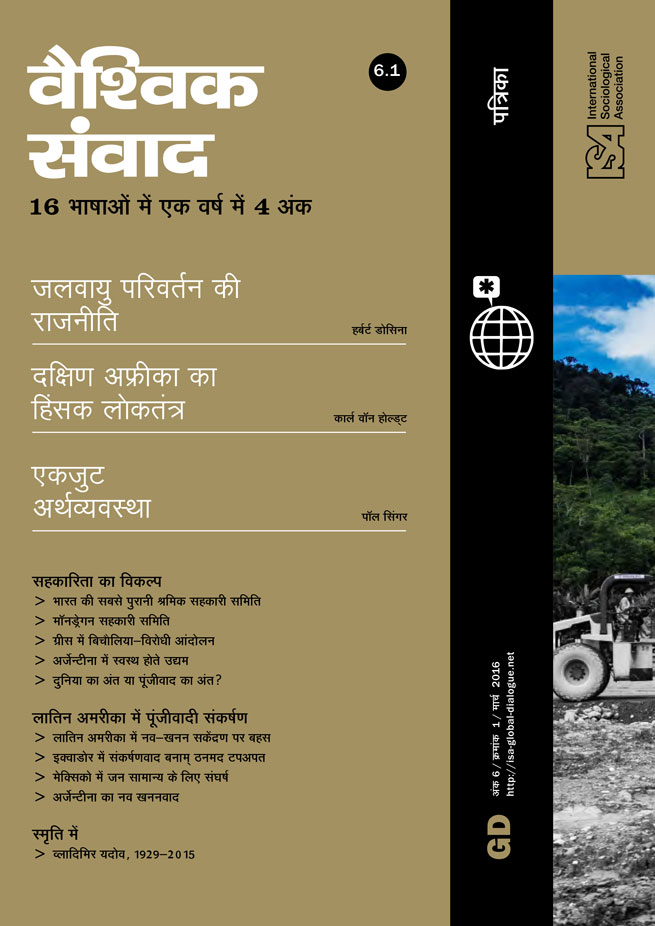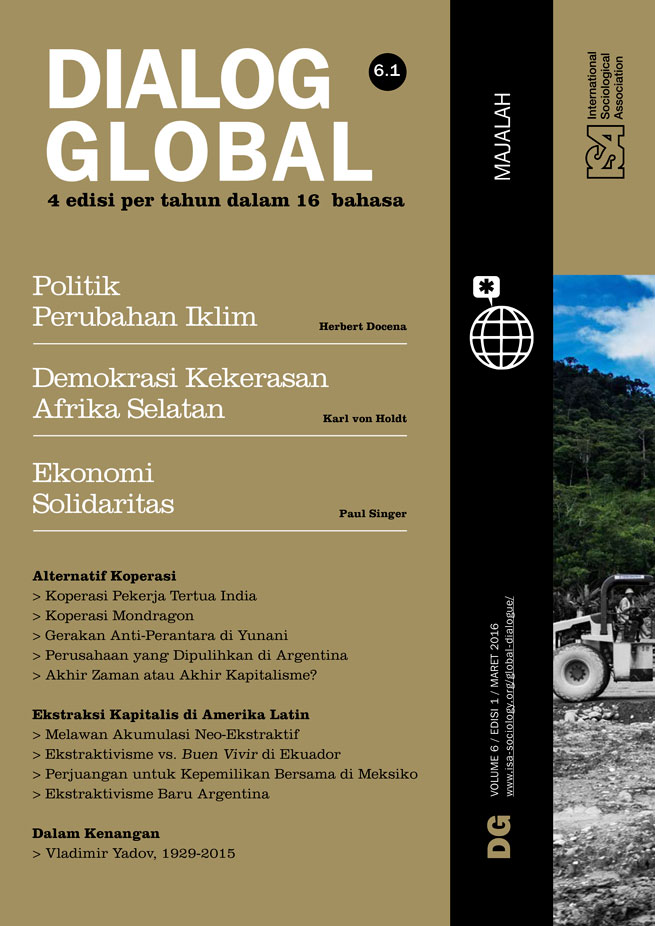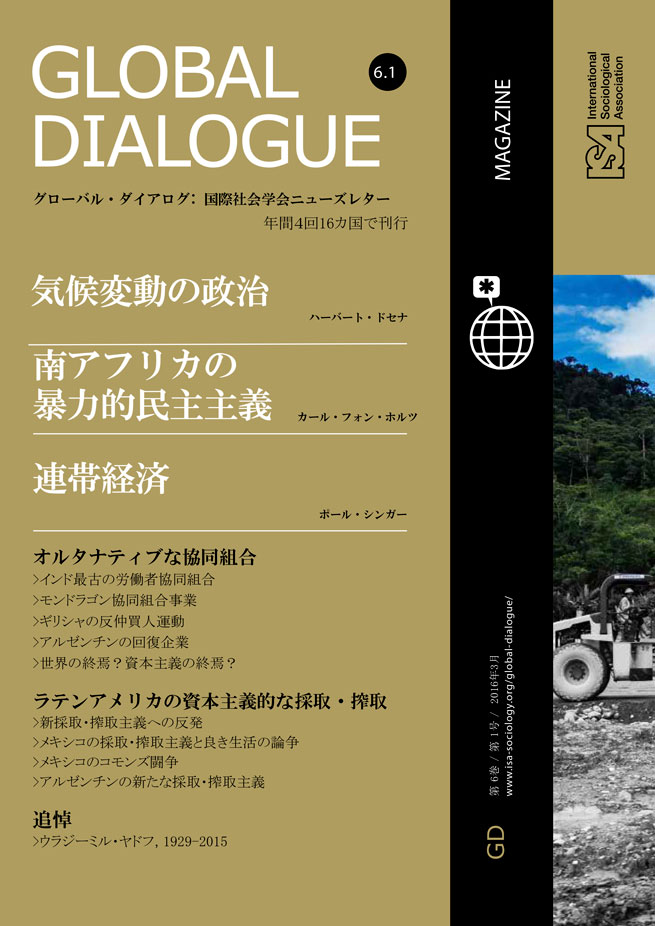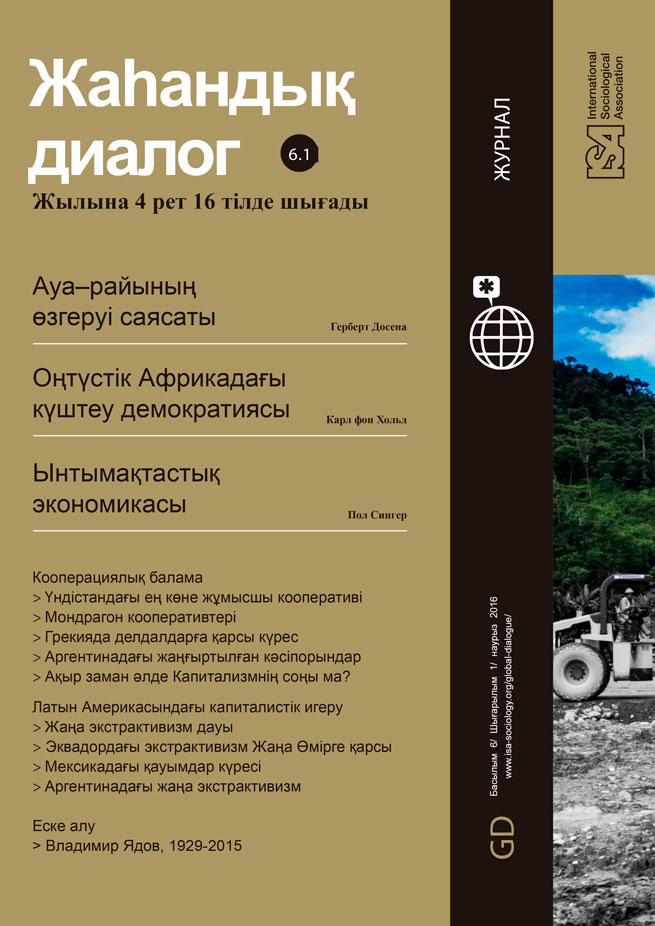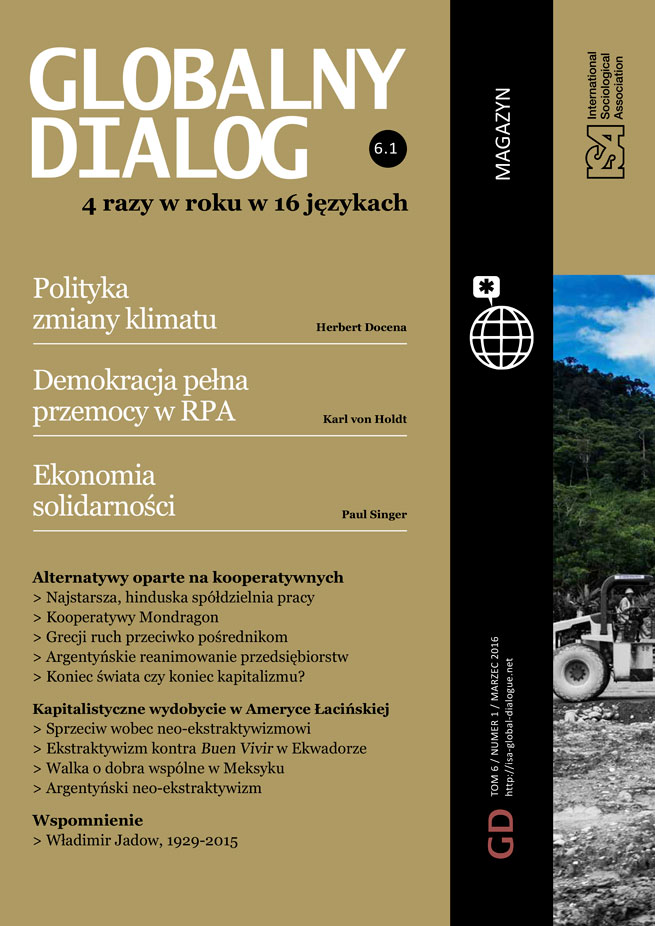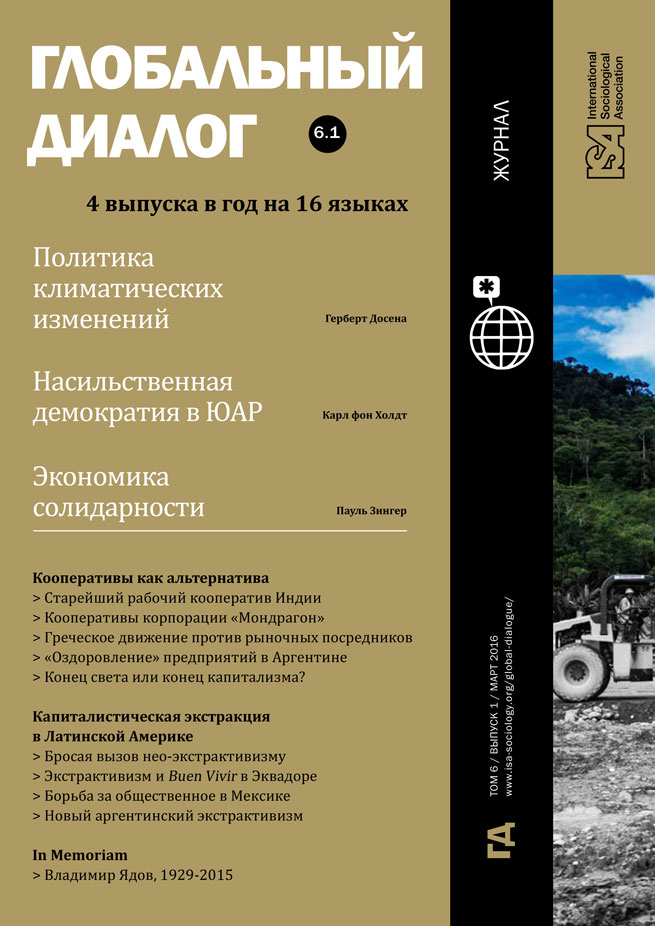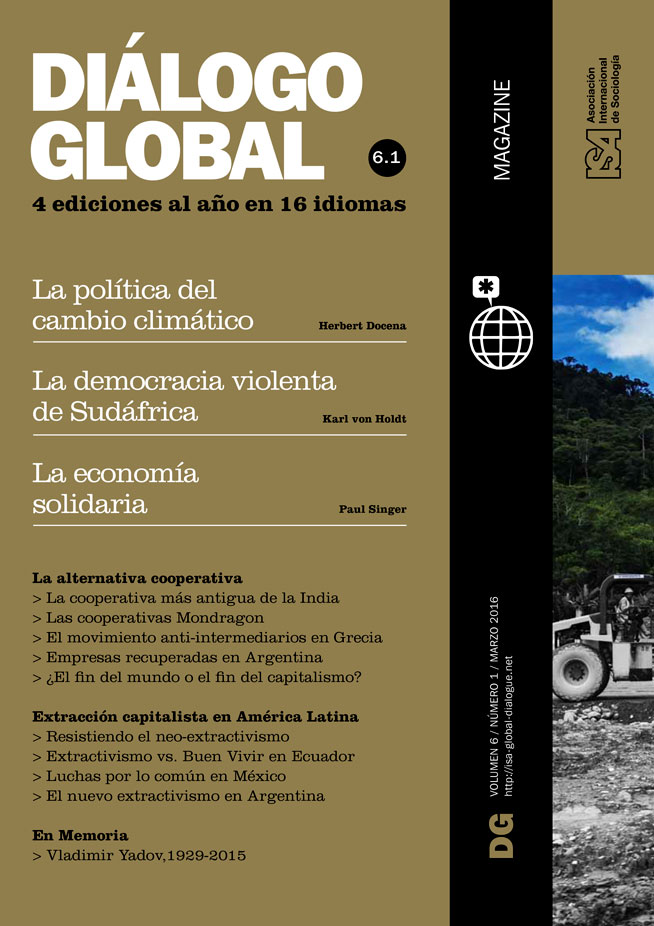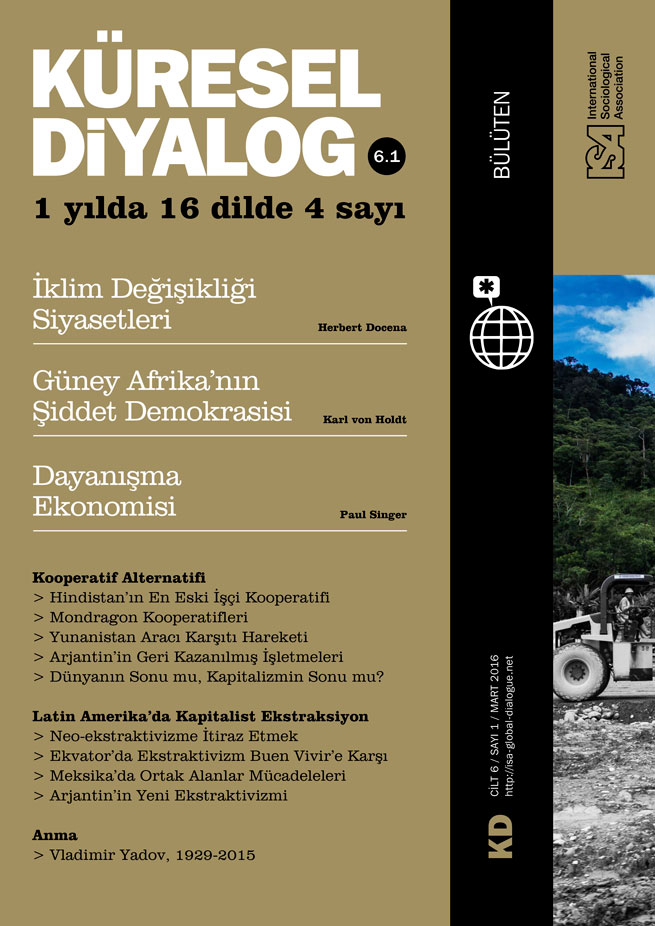Across Latin America, activists and intellectuals are questioning the dynamics of capital accumulation and models of development, and debating categories such as neo-extractivism, buen vivir or the right to a good life, common goods, and the rights of nature. Questioning the sustainability of contemporary development models, these critics simultaneously suggest other possible relations between society, economy, and nature. These debates have been especially heated in Ecuador and Bolivia, where popularly-elected governments in the early 21st century seemed poised to pursue alternative development paths.
But these debates have become increasingly complex. As governments have expanded the exploitation of natural resources, a critique of neo-extractivism began to take shape. “Neo-extractivism,” referring to an accumulation pattern based on the over-exploitation of natural resources, has become a key term in the political grammar of socio-territorial movements, indigenous, and peasant organizations. Characterized by the large-scale export of primary goods (commodities) – often through large investments (mega ventures), threatening negative impact to territories and ecosystems – neo-extractivism encompasses open-pit mega-mining, hydrocarbon exploitation, large hydroelectric dams (for extraction), expanding fishing and deforestation, and, of course, agribusiness (transgenic crops such as soy, oil palm and biofuels).
I have termed this current phase of capital accumulation “commodity consensus” (Svampa, 2011, 2013), recognizing that in contrast to the 1990s, Latin American economies today have been favored by a boom in international commodity prices. Latin American governments have responded by highlighting the advantages and downplaying new inequalities, as well as the environmental, economic, and social asymmetries produced by the international division of labor and territory. Most states assert a productivist vision of development, dismissing critiques around any negative impacts and ignoring social protests.
Commodity Consensus highlights the region’s broad return to primary extraction activities, a process aggravated by the increasingly important role played by the People’s Republic of China, Latin America’s main commodity consumer. In 2013, China was the main destination for Chilean and Brazilian exports; it was the second most important destination for exports from Argentina, Peru, Colombia and Cuba; and third for Mexico, Uruguay and Venezuela (Slipak, 2014).
Phases of Commodity Consensus
Commodity Consensus has gone through several phases. Its origins lie in the neoliberal globalization and the Washington Consensus of the 1990s, which produced profound transformations in Latin American societies and economies, as states favored multinational firms and new laws paved the way for extractive activities like mega-mining, oil extraction, and the cultivation of transgenic crops.
In the late 1990s, intense anti-neoliberal social movements emerged in Bolivia, Ecuador, Argentina, among other countries. But progressive governments which emerged through these processes confronted severe limitations and conflicts. When international prices for primary goods boomed in 2003, Commodity Consensus took off, combining high profitability and comparative advantages. This first phase was characterized by the repression of conflicts associated with extraction activities, while most states developed close new associations with private multinational capital. Despite nationalist rhetoric, over the decade that followed, extraction projects increased, and large transnational corporations gained a more central place in national economies.
From 2009-2010, a second phase was characterized by further expansion in extraction projects: in the case of Brazil, the Growth Acceleration Program foresees multiple dams in the Amazon; in Bolivia, the gran salto industrial or great industrial leap, promises multiple extraction projects (gas, lithium, iron, agribusiness); for Ecuador, mega-mining will be developed; Venezuela’s Strategic Plan will expand oil extraction into the Orinoco Belt; Argentina’s Agri-food Strategic Plan 2010-2020 foresees a 60% increase in soy production, as well as fracking and mega-mining.
Mega-mining has given rise to great socio-environmental tension. According to the Observatory of Mining Conflicts in Latin America, there were 120 conflicts in Latin America in 2010 affecting some 150 communities. In 2012, 161 conflicts involved 173 projects affecting 212 communities, while in 2014, the number of conflicts rose to 198 involving 207 projects in 296 communities. By April 2015, 208 documented conflicts involved 218 projects and 312 affected communities. Mexico was ranked highest, with 36 conflicts, followed by Peru with 35; Chile with 34; Argentina with 26; Brazil with 20; Colombia with 13; Bolivia with 9; and Ecuador with 7 (http:// www.conflictosmineros.net/).
In the current phase, some socio-environmental and territorial struggles transcend local politics, acquiring national visibility. These include efforts to protect Bolivia’s Isiboro Sécure National Park and Indigenous Territory (TIPNIS), where the local population opposes the construction of a highway; efforts to block a mega-dam in Belo Monte, Brazil; resistance against mega-mining in several provinces of Argentina; and in 2013, the final suspension of the Yasuní-ITT Initiative and militarization of the Intag area in Ecuador, an area of pioneering resistance to mega-mining. Unrest is also present in countries with neoliberal or conservative governments. In Peru, resistance to a mining project in the Conga between 2011 and 2013 led to 25 deaths; and in Mexico, protests against mega-mining and dam construction have continued despite increased repression and violence.
Most governments support extractive activities, criminalizing and repressing protests, and limiting political participation on the part of local and native populations. Capital’s expanding exploitation of natural resources, goods, and territories has placed serious limitations on collective and environmental rights, crushing the emancipatory narratives that created such hope in countries like Bolivia and Ecuador. An increased gap between discourse and practice, and the criminalization of protests against extractive activities, point to a democratic retreat: a shift of progressive or popular governments towards more traditional regimes of domination based on classic populist and national-development models.
References
Slipak, A. (2014) “Un análisis del ascenso de China y sus vínculos con América Latina a la luz de la Teoría de la Dependencia.” Realidad Económica 282: 99-124.
Svampa, M. (2011) “Modelo de Desarrollo y cuestión ambiental en América Latina: categorías y escenarios en disputa,” in F. Wanderley (ed.) El desarrollo en cuestión. Reflexiones desde América Latina. La Paz: CIDES, OXFAM and Plural.
Svampa, M. (2013) “Consenso de los Commodities y lenguajes de valoración en América Latina” in Nueva Sociedad 244, www.nuso.org.
Maristella Svampa, National University of La Plata, Argentina <maristellasvampa@yahoo.com>
